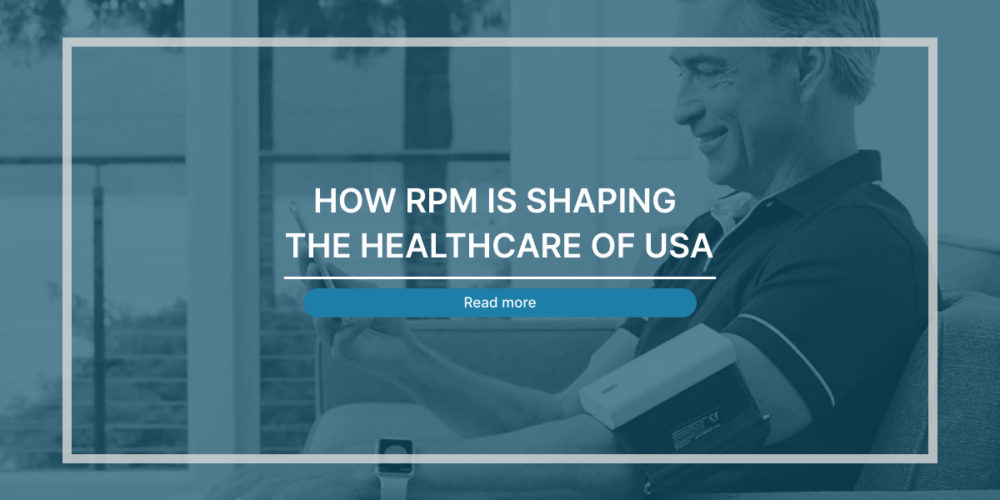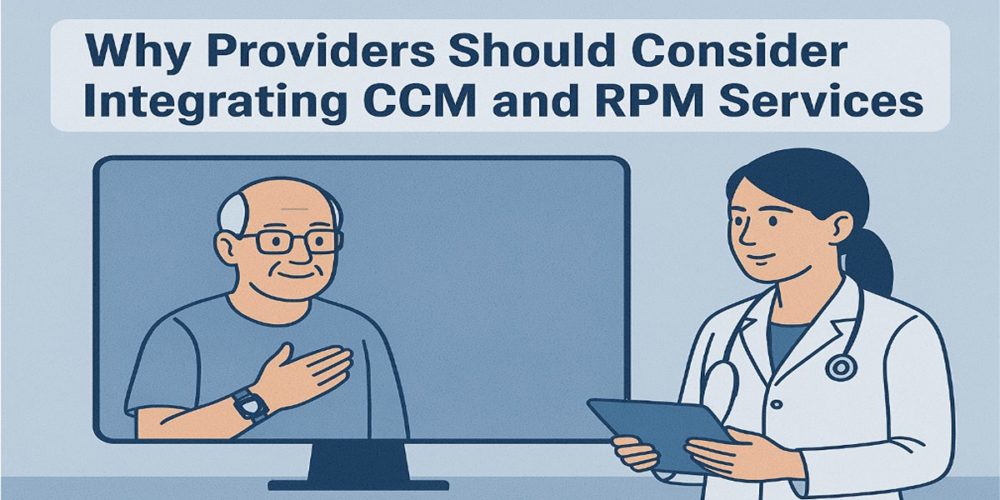Remote patient monitoring (RPM) is a healthcare delivery method that uses technology to monitor patient health outside of a traditional clinical setting. RPM refers to the specific technology used to electronically transmit information between patients and physicians, and it is just one delivery system within the broader telehealth industry.
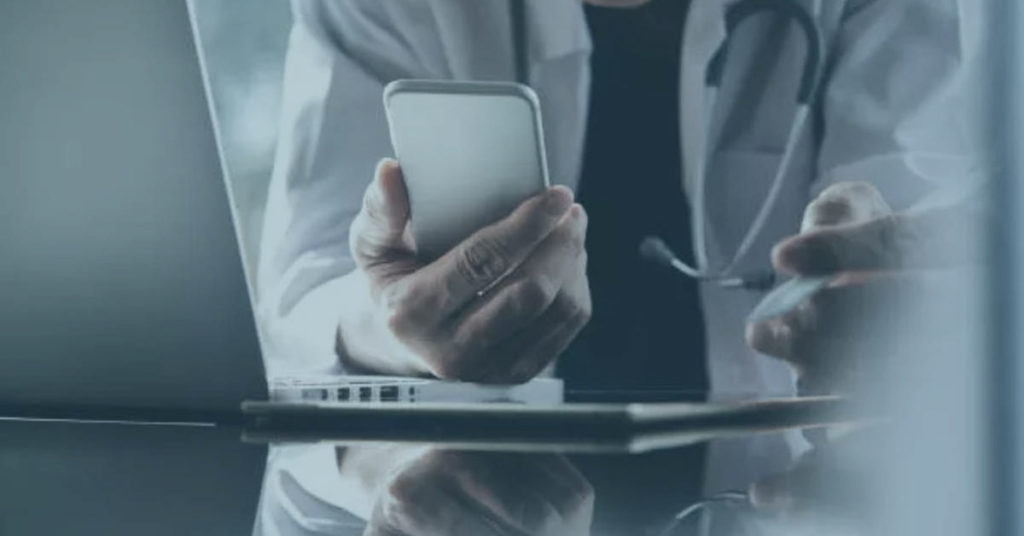
RPM has many benefits for both patients and providers, such as:
- Improving access to care for patients who live in remote areas, have mobility issues, or face transportation barriers.
- Enhancing patient engagement and satisfaction by providing more convenient, personalized, and continuous care.
- Reducing healthcare costs and utilization by preventing hospitalizations, readmissions, and emergency visits, and optimizing chronic disease management.
- Increasing provider efficiency and productivity by enabling timely interventions, reducing administrative tasks, and improving care coordination.
- Supporting value-based care models and quality measures by improving patient outcomes, adherence, and satisfaction.
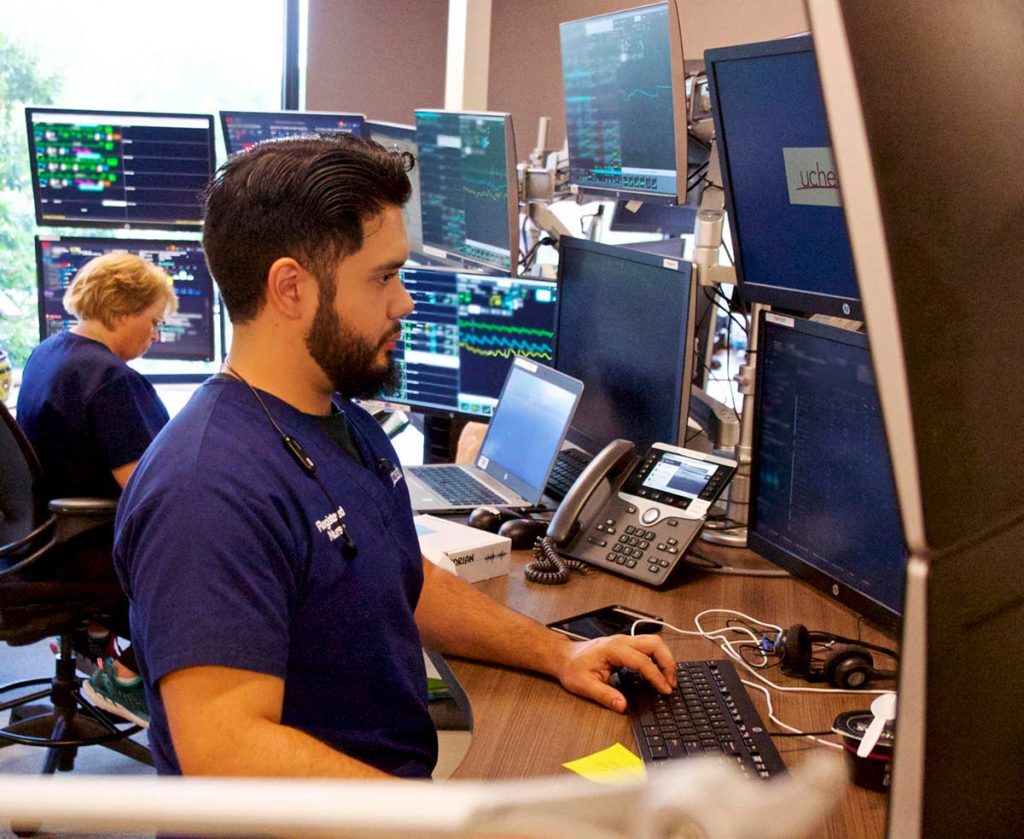
RPM also has some challenges and barriers that need to be addressed, such as:
- Ensuring data security, privacy, and compliance with HIPAA and other regulations.
- Maintaining data accuracy, reliability, and validity across different devices, platforms, and networks.
- Increasing patient compliance, education, and technical support to ensure proper use of RPM devices and services.
- Aligning reimbursement policies and incentives with RPM services and outcomes.
- Integrating RPM data and workflows with existing electronic health records (EHRs) and clinical systems.
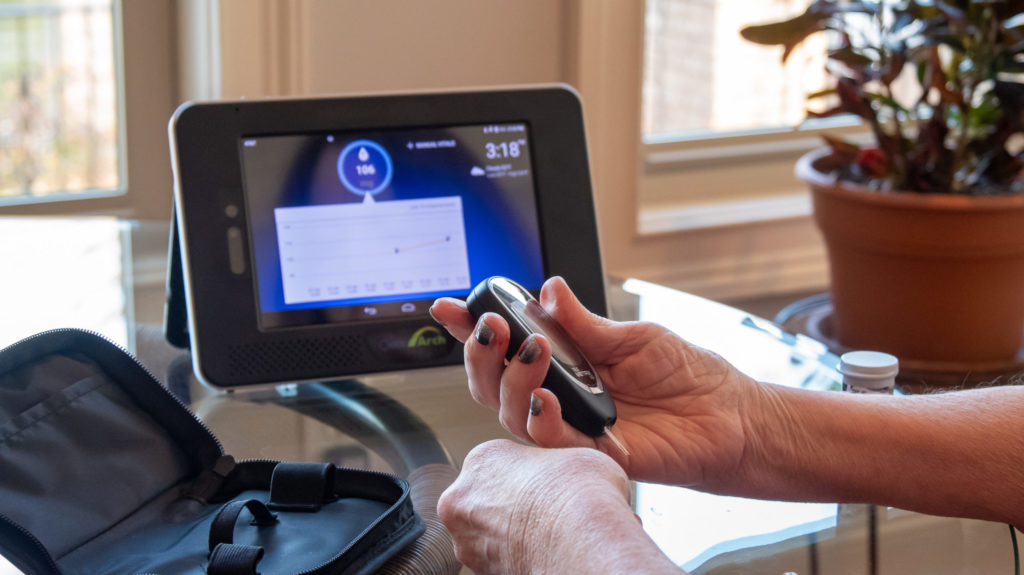
RPM is rapidly growing and evolving in the US healthcare system, thanks to the advances in technology, the changes in consumer preferences, and the support from regulatory agencies. According to Insider Intelligence, the number of US patients using RPM services and tools is expected to grow from 23.4 million in 2020 to 30 million in 2024. The COVID-19 pandemic has also accelerated the adoption and innovation of RPM, as it has demonstrated the need and potential of remote care delivery.
Some examples of RPM applications and solutions in the US healthcare market are:
- Continuous glucose monitors (CGMs) that allow diabetes patients to remotely track and share their blood glucose levels with their providers, and receive alerts and recommendations based on their data.
- Digital blood pressure monitors that enable hypertension patients to remotely measure and transmit their blood pressure and heart rate to their providers, and receive feedback and guidance based on their data.
- Smartwatches and wearable devices that monitor various health metrics, such as heart rate, oxygen saturation, activity, sleep, and stress, and connect with mobile apps and cloud platforms that provide insights and alerts to users and providers.
- Telehealth platforms and apps that facilitate remote communication and consultation between patients and providers, and integrate with RPM devices and data to provide comprehensive and coordinated care.
RPM is shaping the future of healthcare in the US by transforming the way patients and providers interact, exchange information, and deliver care. RPM is not only a technology, but also a strategy, a culture, and a vision that can improve the quality, accessibility, and affordability of healthcare for all.
